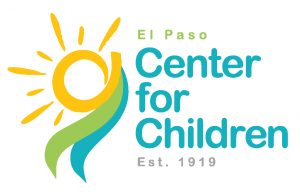Attachment Parenting
Parenting Approaches Series 4 of 4
Written by Mel Gutierrez, BSN, RN
Attachment parenting is often confused with attachment theory, but it’s a related but separate idea. Pediatrician William Sears developed it in the 90s. It focuses on the relationship between parent and baby in the earliest days of the child’s life. It encourages using tools called the 7 B’s early in a baby’s life to help create a lasting parent-child bond.
Birth Bonding
Infant nurturing should begin as soon as possible after birth. It recommends regular skin-to-skin contact between the baby and the parents. This helps the baby become familiar with their caregivers and is a powerful soothing tool.
Breastfeeding
This style promotes breastfeeding. It allows mothers to engage with their infants lovingly with skin-to-skin contact. But not every family can breastfeed, and this is ok! Attentive bottle-feeding sessions have the same benefits. It’s also possible to have disconnected breastfeeding. It’s better to see each feed as a chance to bond.
Babywearing
Slings and wraps to hold babies let parents stay close to their children while getting things done.
Bedding close to baby
When a baby is close to their parent’s sleeping area, it’s easier for parents to respond to babies’ cries at night. Babies should share rooms with their parents for the first six to twelve months of life.
This does not mean sharing a bed, which is dangerous and increases the risk of SIDS. A baby should have their own crib or bassinet to sleep in nearby the parent’s bed.
Belief in Babies Cry.
Young babies don’t cry to manipulate their parents. They only cry to communicate that they need help. They can only understand cause and effect once they are nine months old. Parents should trust that every cry is the baby’s need for help. This teaches babies that their needs will be met.
Beware of sleep trainers.
It can be tempting for sleep-deprived parents to seek the help of a sleep trainer. But babies’ brains aren’t ready to learn special sleeping techniques when they are very young. When they are allowed to “cry it out,” they often just end up shutting down and learning that they won’t get help when they need it.
Balance and boundaries
The final step is crucial and often forgotten. The tools are hard work, and trying to follow them perfectly 100% of the time is an impossible goal. It’s easy to forget that perfection is impossible and fall into the trap of shame and worry. Attachment parenting aims to follow these recommendations as much as possible.
The core ideas of attachment parenting are helpful, but this style has drawbacks. It can put much stress on parents, especially mothers. If following this style damages parents’ mental health, it should be discontinued.
It’s also a style that works best for young babies. The closeness and attentiveness benefit infants who can’t care for themselves. But independence should be encouraged as developmentally appropriate. Not encouraging independence can put parents at risk of helicopter parenting.
The El Paso Center for Children has several programs and access to numerous community resources to help navigate and cherish family time. For questions, please contact us at 915.307.8043 or info@epccinc.org.
The written information comes from my registered nurse education and baccalaureate psychology education. It is only intended for educational purposes. The information written for this blog is not a substitution for professional medical advice or therapy services.





